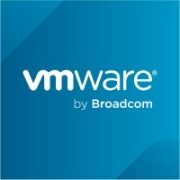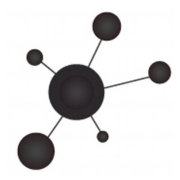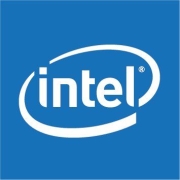Server Monitoring solutions provide visibility into server performance, ensuring uptime, reliability, and optimal functioning by analyzing metrics and alerting any potential issues. These tools are crucial for IT professionals managing complex server environments.
These solutions track critical server data such as CPU usage, memory consumption, disk operation capacity, and network traffic. By using insights from these metrics, administrators can proactively address inefficiencies, reduce downtime risks, and enhance operational efficiency. Professionals value Server Monitoring tools for their ability to integrate with existing IT infrastructure, allowing seamless data collection and analysis to maintain server health.
What are the essential features of Server Monitoring solutions?In the healthcare industry, these solutions help in maintaining critical patient data servers, preventing any downtime that could affect patient care. Financial services use them to ensure the accuracy and security of transactions across various platforms, aligning server performance with compliance regulations.
Server Monitoring is beneficial for organizations by ensuring that IT systems remain operational and efficient, reducing risks of unexpected failures, and supporting the continuous delivery of services. It becomes particularly important for businesses relying on digital platforms for their core operations.
| Product | Market Share (%) |
|---|---|
| Zabbix | 24.7% |
| Checkmk | 9.9% |
| Icinga | 7.7% |
| Other | 57.699999999999996% |






















































Servers are critical for the operations of an organization’s IT environment, and therefore it is vital to monitor their performance and uptime. If a web server is offline, slow, experiencing outages, or suffering from other performance issues, customers may become frustrated and go elsewhere. If an internal file server is generating errors, important company information can become corrupted.
Server monitoring is designed to monitor servers and provide metrics to IT teams with information about their functionality. A server monitoring tool tests for availability - ensuring that the server is alive and responsive, measures server response time, and alerts in the event of missing or damaged files, security breaches, and other issues. Server monitoring can test if a server is close to reaching its full capacity and provides statistics on memory and CPU usage. While server monitoring tools mainly process data in real time, they also save logs, enabling users to analyze them to determine if a server’s performance has lagged over time.
Server monitoring tools are available in both software as a service (SaaS) and on-site models and provide a view into the entire server infrastructure. These tools offer dashboards designed for setting up metrics, anomaly detection, alerts, and logs, providing insights into the entire server environment.
By monitoring CPU, memory, disk usage, and network bandwidth, server monitoring tools guarantee that sufficient resources are available for running their processes.
Some of the benefits of using server monitoring tools include:
When choosing a server monitoring tool, here are some features to look out for:
Server Monitoring can significantly enhance system performance by providing real-time insights into server operations. You can identify bottlenecks, track resource usage, and receive alerts on unusual activities. These insights allow for proactive management and quick responses to potential issues, ensuring your server operates efficiently and optimally.
What features should you look for in a Server Monitoring tool?When choosing a Server Monitoring tool, look for features like real-time alerts, comprehensive dashboards, and automated reporting. It's important to have customizable monitoring for different server types and applications. A user-friendly interface, integration capabilities with other tools, and scalability are also critical to meet your growing business needs.
How do you set up Server Monitoring for a cloud environment?Setting up Server Monitoring in a cloud environment involves configuring monitoring agents on your cloud instances. Ensure that you have suitable permissions to collect data, then integrate your cloud provider's monitoring tools or third-party solutions. Define specific metrics to track and set thresholds for alerts to maintain optimal performance and security.
Why is alert configuration crucial in Server Monitoring?Alert configuration is crucial because it helps you prioritize and respond to server issues effectively. Properly set alerts ensure you are notified about critical issues without being overwhelmed by constant notifications. This allows you to focus on solving problems that could most impact server performance and uptime, maintaining smooth operations.
How does Server Monitoring support compliance and security?Server Monitoring supports compliance and security by tracking changes and vulnerabilities in your infrastructure. You can enforce security policies and receive alerts about unauthorized access attempts. Monitoring tools often include logging features that help you maintain detailed records required for compliance audits, ensuring that your operations adhere to industry standards.